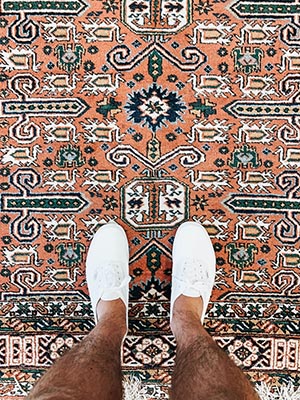
History and significance of Native American rugs
native american area rugs store
Native American rugs hold a rich history and significance that dates back centuries. These beautiful creations are not just decorative pieces, but also tell stories of the tribes and cultures that have been weaving them for generations.
The art of rug weaving has been passed down through Native American families for hundreds of years, with each tribe having their own unique style and designs. From the intricate patterns of the Navajo to the bold colors of the Hopi, these rugs are a reflection of the traditions and beliefs of their creators.
In addition to their cultural importance, Native American rugs also hold great significance in terms of craftsmanship and artistry. Each rug is carefully handwoven using traditional techniques that have been perfected over time. The materials used, such as wool or cotton, are sourced locally and dyed using natural pigments found in the surrounding landscape.
For those looking to bring a piece of Native American culture into their homes, purchasing a rug from a native american area rugs store is not only a way to support indigenous artisans but also to own a piece of history. These rugs are more than just decorations – they are tangible representations of a vibrant and enduring culture that continues to thrive today.
So next time you admire a Native American rug in a store or museum, take a moment to appreciate the history and significance behind it. These beautiful creations are not just works of art, but living testaments to the resilience and creativity of indigenous peoples throughout North America.


